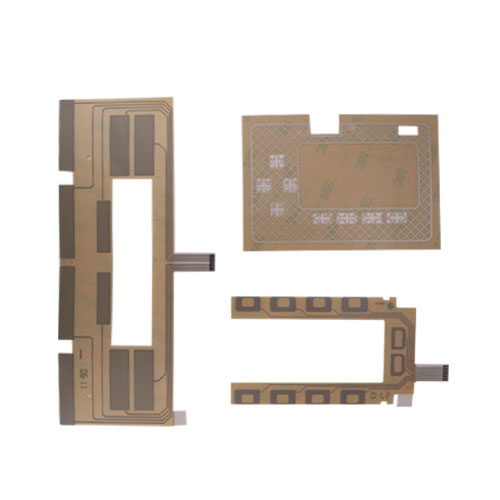flexible circuit design, also known as flex circuit design, is an innovative and versatile form of circuitry that offers several advantages over traditional rigid PCBs (Printed Circuit Boards). As the name suggests, these circuits can be bent, twisted, and folded to fit into spaces that rigid PCBs cannot. They are commonly used in applications where space limitations, weight constraints, and complex geometries need to be addressed. In this article, we will explore some key innovations in Flexible circuit design that you need to know.
One of the major advancements in flexible circuit design is the use of new materials that offer enhanced flexibility and durability. Traditional flexible circuits were made of polyimide, a lightweight and heat-resistant material that could withstand bending and stretching. However, with advancements in material science, new options have emerged. For instance, flexible circuits can now be made using liquid crystal polymer (LCP), a more heat-resistant and flexible material. LCP-based circuits have better electrical performance, higher temperature resistance, and improved mechanical properties.
Another notable innovation in flexible circuit design is the development of stretchable circuits. These circuits can be stretched to accommodate movements and deformations without compromising their functionality. Conductive materials such as liquid metal alloys or conductive polymers are used to create stretchable conductive traces. This allows the circuits to be mounted on wearable devices, electronic textiles, or even on the human body. Stretchable circuits have opened up new possibilities for the integration of electronics into various applications, such as healthcare monitoring, sports performance tracking, or prosthetics.
The miniaturization of components is another key innovation in flexible circuit design. Advancements in microelectronics have allowed for the production of smaller and more compact components, which can be easily integrated into flexible circuits. This has led to the development of ultra-thin and lightweight flexible circuits, making them ideal for applications where weight and space are critical factors. For example, flexible circuits are widely used in aerospace and military applications, where weight reduction and compactness are essential for performance.
Furthermore, advancements in manufacturing processes have revolutionized flexible circuit design. Traditional methods of manufacturing involved etching conductive traces on a flexible substrate, a time-consuming and complex process. However, the introduction of additive manufacturing technologies, such as 3D printing, has simplified the manufacturing process and improved the flexibility of circuit design. With 3D printing, conductive traces can be directly printed on flexible substrates, allowing for rapid prototyping and design iterations. This has significantly reduced the time and cost involved in the production of flexible circuits.
Integrated circuit (IC) packaging has also seen innovations in flexible circuit design. ICs are usually housed in rigid packages, which limits their flexibility and integration into flexible circuits. However, solutions such as chip-on-flex (COF) and chip-on-board (COB) have been developed to overcome this limitation. In COF, the IC is directly mounted on a flexible circuit, eliminating the need for a separate package. COB involves directly bonding the IC to the flexible substrate. These innovations have enabled the seamless integration of ICs into flexible circuits, further enhancing their functionality and versatility.
In conclusion, flexible circuit design has seen significant advancements, driven by innovations in materials, component miniaturization, manufacturing processes, and IC packaging. These innovations have opened up new possibilities for the use of flexible circuits in a wide range of applications. From wearable devices and electronic textiles to aerospace and military applications, flexible circuits offer unique advantages in terms of flexibility, lightweight, and compactness. As technology continues to advance, we can expect further innovations in flexible circuit design, enabling even more diverse and sophisticated applications.